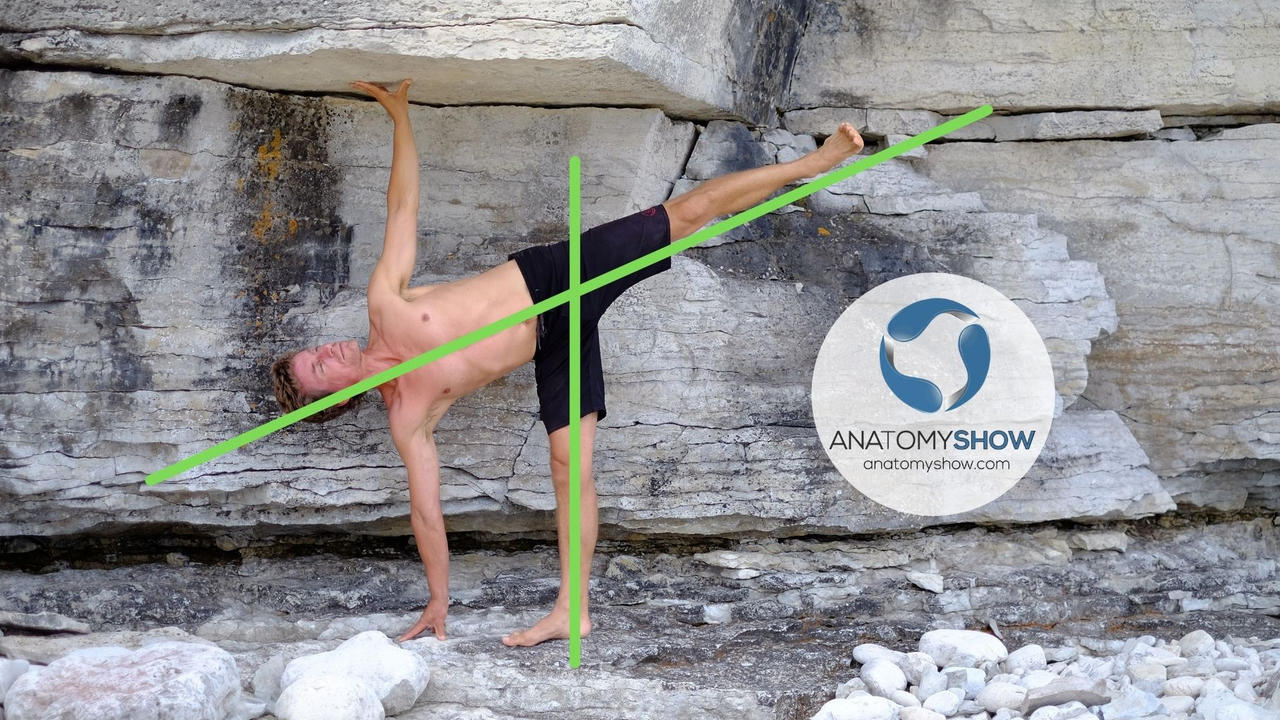
How Important Is Alignment?
Jan 07, 2021As it turns out, not very much.
Alignment can look good.
Sometimes it makes postures and movements easier.
But what get’s us to a certain alignment?
It’s the actions and engagements of muscles.
Maybe let’s focus on that. Engagement is important.
Let’s take a step back to get the bigger picture.
Alignment is the relative orientation and positioning of body parts in a field of gravity.
At least gravity is the important factor here. Placing our knee in line with our ankle seems to be important when we stand on our mat in some positions.
This alignment isn’t really mentioned in positions where we are lying on our backs for example. Ok, gravity matters.
Anyone who has looked at older pictures of yoga postures, the non-digital kind of the previous century at least, would have observed that alignment was playing less of a role then. Today, alignment and reminders of alignment are frequent cues and even references to certain styles or qualities of teaching and practice. So, maybe we can say our modern life matters.

Who has practiced martial arts or Qigong, or similar? How about alignment there? It often doesn’t seem compatible with modern yoga alignment.
Well, now what we do is important as well.

Starting to get confused about alignment and its purpose?
As a quick reference, try doing chair pose / utkatasana with your knees over your ankles. Good luck!

So far we’ve got gravity, modern life and what we do as factors. What could be the common thread holding these factors together that helps us understand the importance of alignment?
Think for a moment about what changes in the postural difference between standing upright and fainting.
When someone faints their postural muscle control and action is turned off. Gravity takes over and that person finds themselves lying on the floor.
Muscles act to counter the forces of gravity.
The main reason we get reminded to pay attention to alignment seems to be a concern for the health of joints, tendons and other body parts.
All the forces that potentially could cause discomfort, pain and maybe damage, are because of our body position within the gravitational field. [1]
The same body shape would feel very different when we change for example from being on our hands and feet to lying on our side or standing.
Already we established that muscle action is offsetting gravitational influences. This includes counteracting forces in our joints.
The reasons to care about alignment are actually reasons to care about muscle actions and engagements.
Modern society has relatively become a more sedentary society spending more time sitting down. This resulted in reduced strength in the legs and associated muscles. These are the very muscles required to stabilize our knees against gravitational compression forces. In order to compensate for reduced muscle strength, stricter adherence to alignment and avoidance of potentially higher impact angles and positions allows practitioners to move through sequences and postures.
Strengthening our muscles brings the benefit of being able to handle increased loads. Think of the strong legs of football players, sprinters or martial artists. Their muscle development allows them to regularly move and be in positions beyond the ‘safe’ alignment cues we are encountering in yoga instructions. [2]
I would like to encourage you to broaden your attention. Instead of being concerned about simple placement of body parts, ask yourself which muscles can be engaged, or strengthened to make that position or transition lighter and better supported.
The AnatomyShow courses reflect the principles of joint support and anti-gravity support through muscular engagements and actions.
Pick your area of interest and learn with the course about feet, or knees, or shoulders. Or take the certification course to understand the whole body better.
1Biomechanical analysis of tibial torque and knee flexion angle: implications for understanding knee injury https://pubmed.ncbi.nlm.nih.gov/16869706/
2 Prevention of Knee and Anterior Cruciate Ligament Injuries Through the Use of Neuromuscular and Proprioceptive Training: An Evidence-Based Review. https://pubmed.ncbi.nlm.nih.gov/29172648/
Don't miss what's happening!
New posts, education, and movement ideas delivered to your inbox.
We hate SPAM. We will never sell your information, for any reason.

